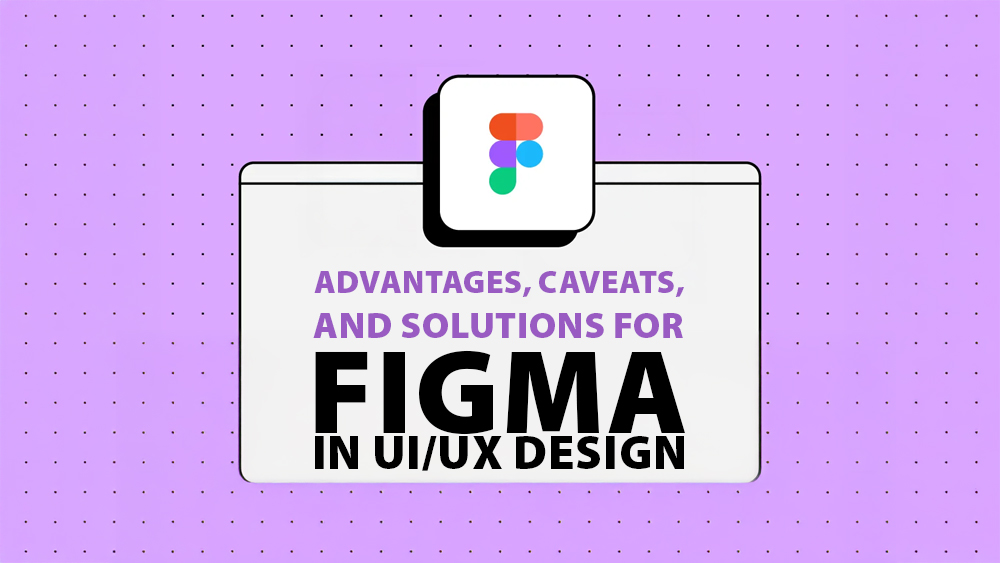Advantages, Caveats, and Solutions for Figma in UI/UX Design
Introduction Figma has transformed the UI/UX design landscape with its real-time collaboration, cloud-based workflow, and developer-friendly features. As a leading design tool, it empowers teams to create, prototype, and hand off designs seamlessly. This whitepaper explores Figma’s key strengths, potential drawbacks, and practical solutions to overcome limitations—helping teams maximize efficiency while optimizing for SEO reach. Advantages of Figma 1. Real-Time Collaboration & Cloud-Based Workflow ✅ Best for: Remote teams, agencies, and startups. 2. Cross-Platform Accessibility ✅ Best for: Teams with mixed operating systems. Caveats & Solutions 1. Internet Dependency (No Full Offline Mode) Problem: Requires internet—risky for unstable networks. Solution: 2. Performance Lag with Large Files Problem: Slows with 1000+ layers. Solution: Conclusion: Is Figma Right for You? Best For: Remote teams, startups, and design systems. Consider Alternatives If: You need offline access or advanced vector editing. By optimizing workflows and leveraging plugins, Figma remains the #1 choice for UI/UX design.
Advantages, Caveats, and Solutions for Figma in UI/UX Design Read More »

